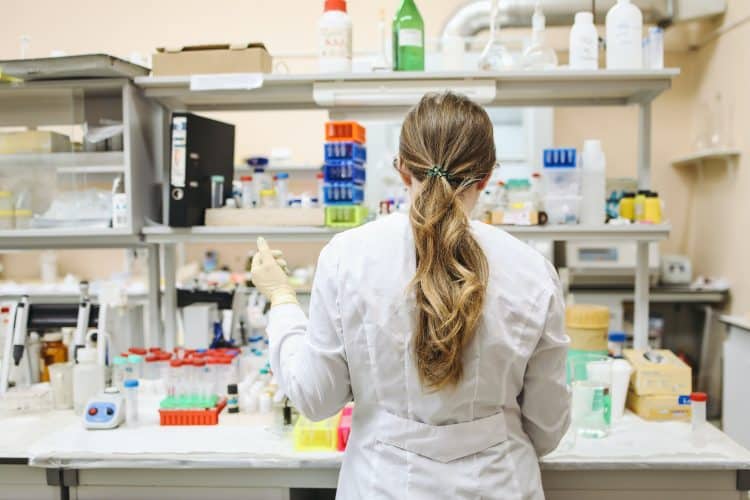Salvia, which is commonly known as sage, is part of the mint family. [1] With over 800 different types of sage bushes, Salvia is the largest genus of this family. This variety of bushes are known for their fragrant aromas and are also proven to possess antibacterial, antifungal, and antioxidant qualities. [1]
One species of the bush, Salvia divinorum (sage of the diviners), is well-known for psychedelic effects principally caused by the diterpene salvinorin A. Because of this, this species of salvia has been the subject of study and contemplation by researchers and religious and governmental organizations.
By smoking the leaves of Saliva divinorum, the user may experience the psychedelic effects of salvinorin A. However, consuming an extract of the compound gives users a much more intense psychedelic experience.
A research team in Romania carried out an experiment to determine if they could isolate salvinorin A from Salvia divinorum obtained in Romania and identify it through mass spectrometry. [1] The team’s first action was to dry the leaves of the test plants at 40º C. This gave the team 224 grams of material, which was then crushed down to the size of 1 millimeter.
The team then used analytical grade acetone on the crushed leaf material, a process they carried out three times. This solution was filtered of solids and evaporated. After, a mixture of ethylheptane acetate was used for dissolution, and then the solution was filtered for colored components using activated carbon.
After another step of evaporation, methanol was used to recrystallize the evaporate, and the residue was dissolved in the methanol.
The extract was injected into a gas chromatograph and, upon separation, the mass spectrometer. In the gas chromatograph, one component spiked at 11.64 minutes. The researchers noted that the mass spectrum of this compound matched reference spectra for salvinorin A. Smaller spikes were mapped to other salvinorin molecules, including salvinorin B (inactive).
The researchers thus concluded, “Based on the results obtained following the procedure described… it can be detected with advanced accuracy the presence of salvinorin A in various ethnobotanical products.”
Image Source: Polina Tankilevitch, Pexels
References
- Hao DC, et al. Phytochemical and biological research of Salvia medicinal resources. In: Medicinal Plants: Chemistry, Biology, and Omics. 2015;587–639.doi:10.1016/b978-0-08-100085-4.00014-1. [Times Cited: 5 (Semantic Scholar)]
- Pentea M, et al. Extraction and analytical study of salvinorin A from leaves of Salvia divinorum. Digest Journal of Nanomaterials and Biostructures. 2015;10(1): 291-297. [Impact Factor: 0.785; Times Cited: 10 (Semantic Scholar)]











